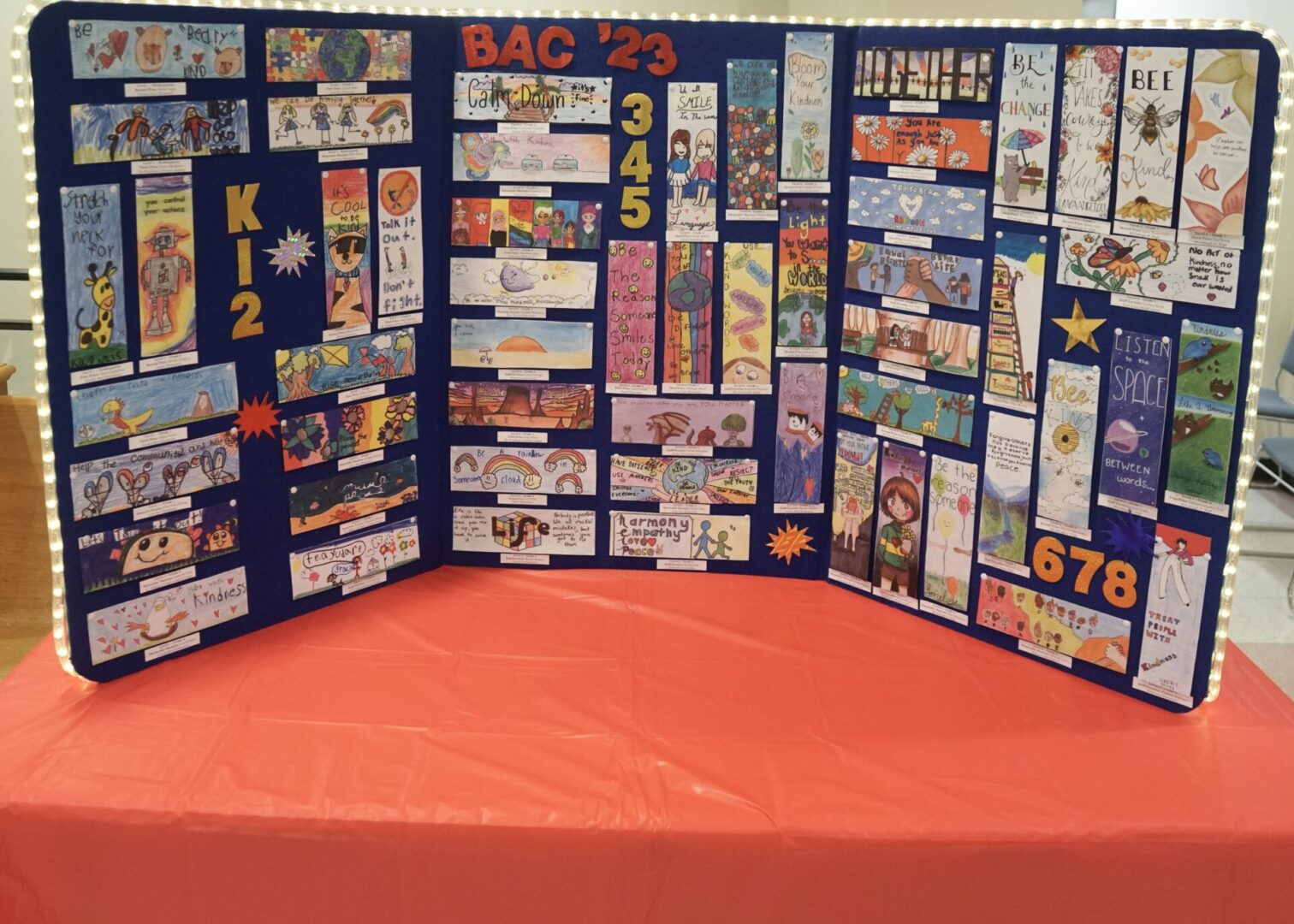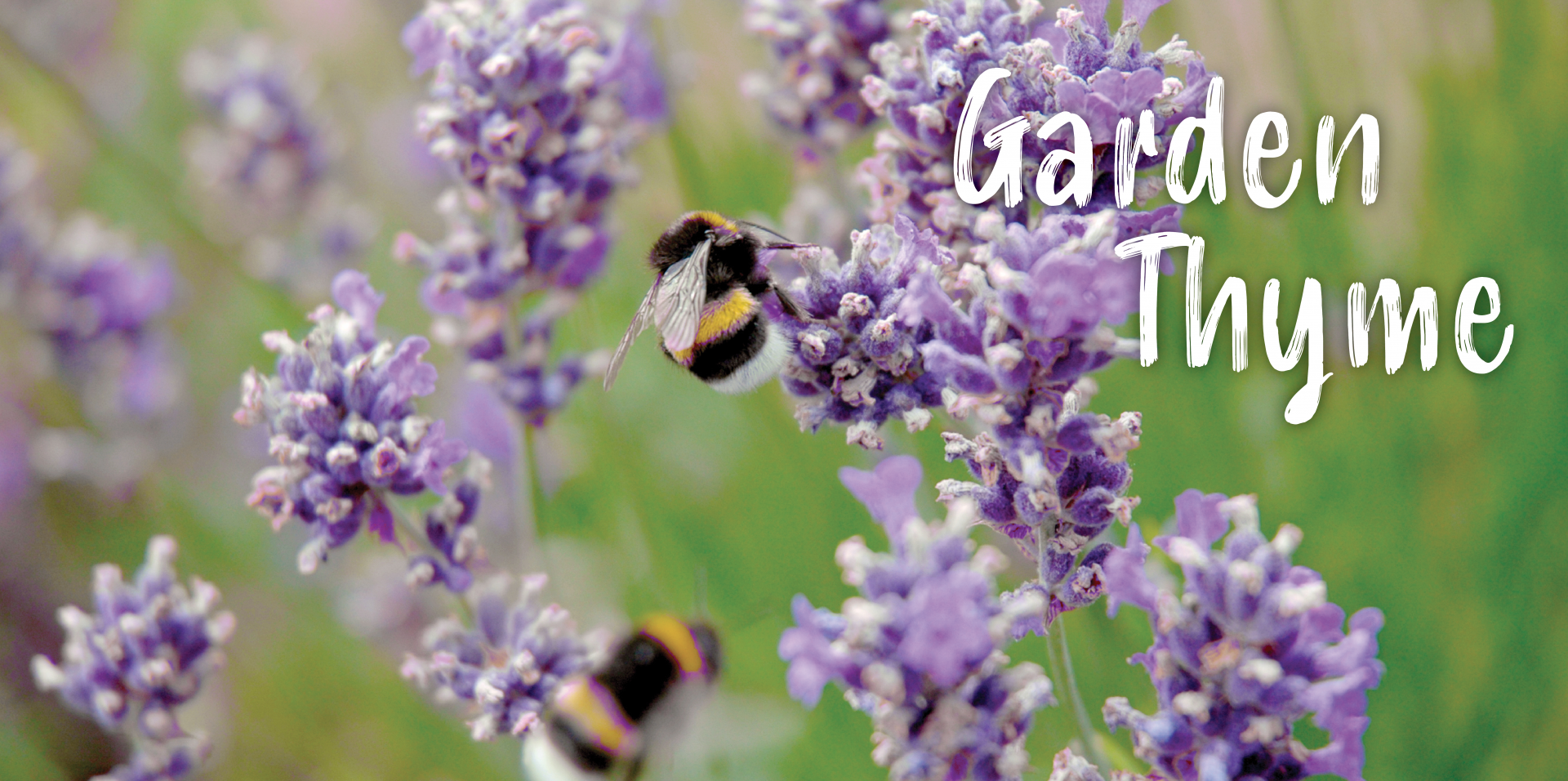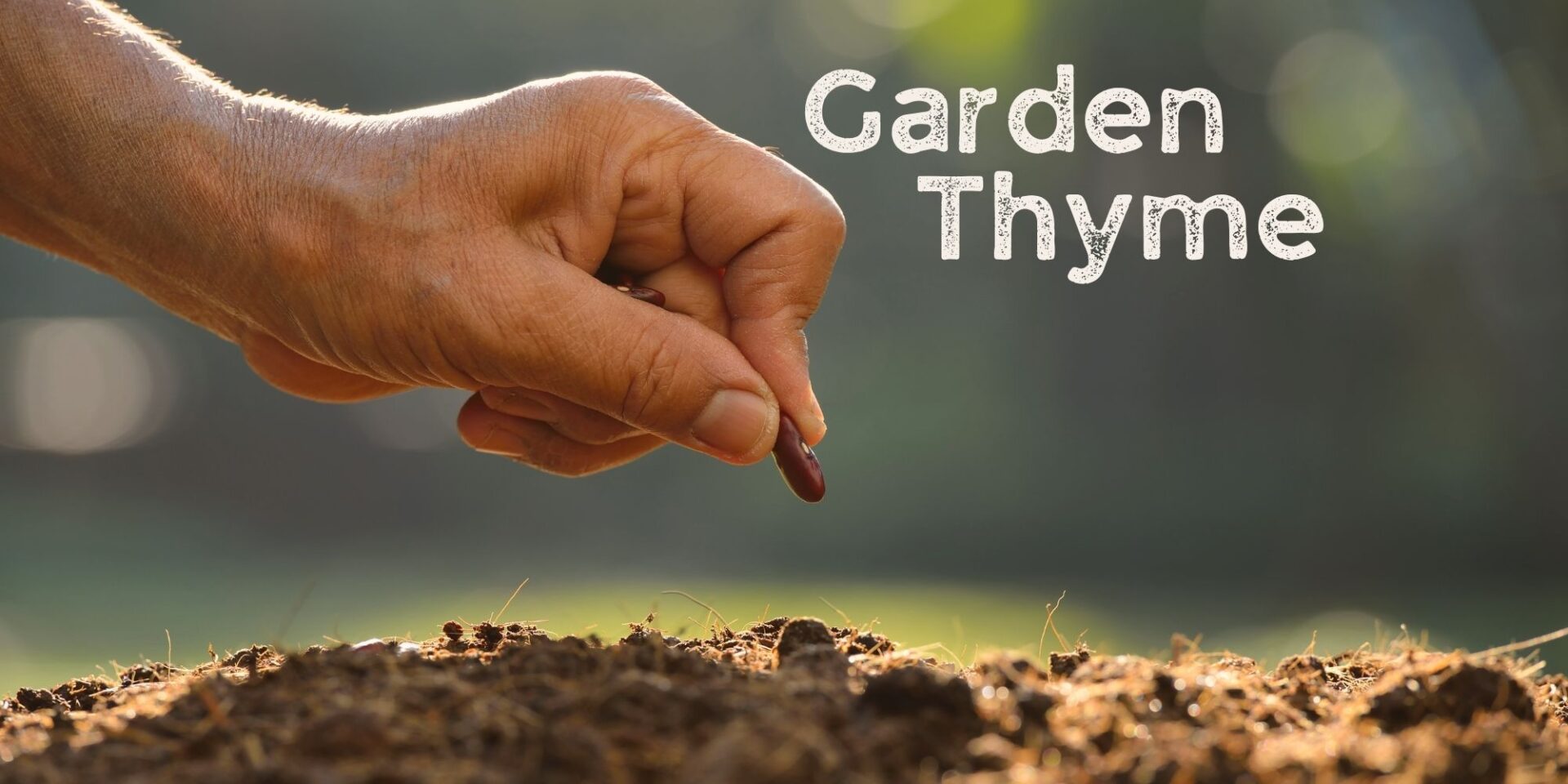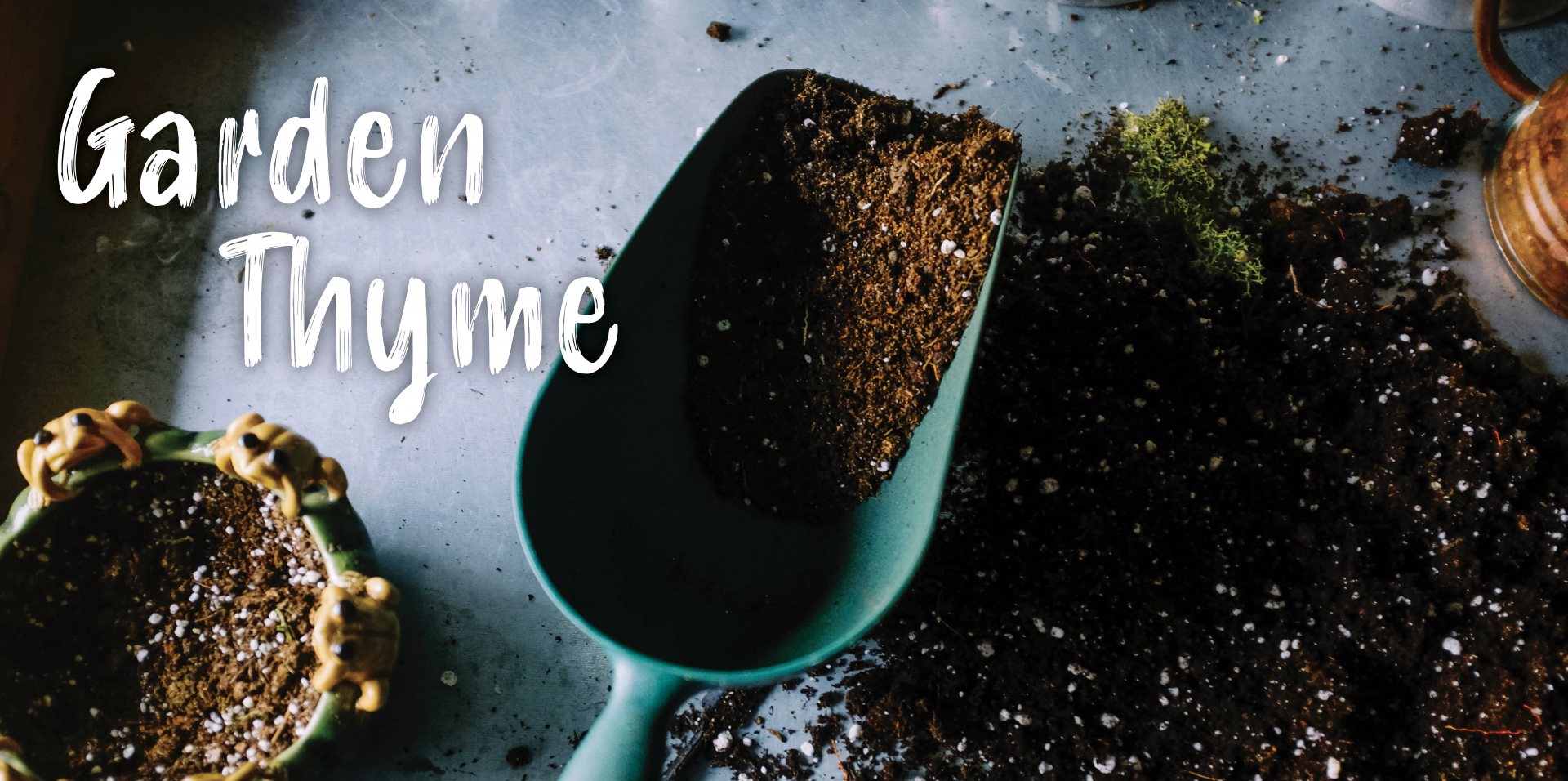Garden Thyme: Birds and Bees and Flowers and Trees
As we go about our daily lives, large numbers of small animals, known as pollinators, are all around us working hard, largely unnoticed, at an immensely important task. Pollinators provide pollination services to over 180,000 different plant species and more than 1,200 crops.
What are pollinators?
Pollinators are animals such as bees, butterflies, moths, birds, bats, beetles and other insects that pollinate flowering plants and food crops, a process required for them to grow and reproduce. They travel from plant to plant carrying pollen on their bodies in a vital interaction that allows the transfer of genetic material used by the reproductive system of most flowering plants – the very plants that feed us; provide ½ of the world’s oils, fibers and raw materials; prevent soil erosion, and increase carbon sequestration (removing carbon dioxide from the atmosphere).
Why do we need them?
According to the USDA, three-fourths of the world’s flowering plants and 35% of the world’s food crops require pollination by these animals to reproduce. Although some plants are pollinated by natural means, such as the wind, some scientists estimate that about 1/3 of the food we eat depends on animal pollinators.
The economic impact of pollinators is impressive. Research has shown that pollinators add 217 billion dollars to the global economy. Honey bees alone are responsible for 1.2 to 5.4 billion dollars in agricultural productivity in the United States. In addition, they also support healthy ecosystems that clean the air, stabilize soils and support wildlife.
Why do they need us?
The numbers of both native pollinators and domesticated honey bee populations are declining. In the United States, over the last 11 years, an average of 39.7% honeybee colonies were lost per year. In 7 of those years the losses were between 40% and 45%. An acceptable honey bee colony loss is 13% to 17%.
Many factors are believed to contribute to the decline. But researchers agree that it is primarily a combination of loss of habitat or flowers that provide pollen and nectar, pesticide exposure, parasites and pathogens.
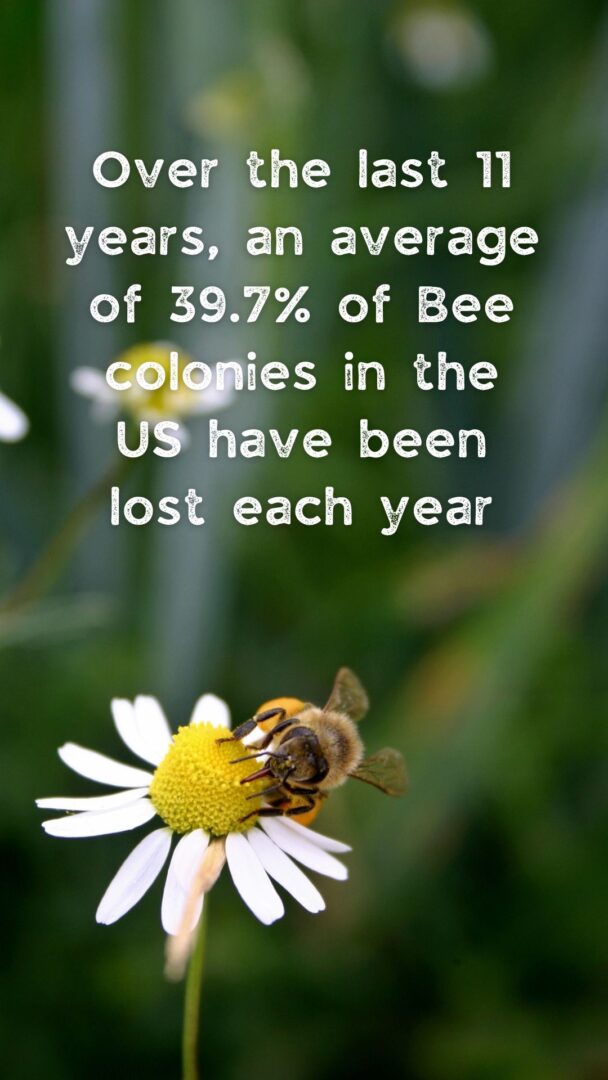 What can we do to help and when should we do it?
What can we do to help and when should we do it?
Make room for pollinators in your gardens. They need flowers for food and habitat to reproduce. You can start a pollinator garden in your home garden, on a roadside, in a corporate landscape, in a schoolyard garden, in a park or in a planter on a windowsill.
Join an organization that works to create habitats for pollinators or raises awareness.
Download a helpful guide at https://pollinator.org/guides. Next are other steps to take.
Plant the right plants and diversify
Plant different shapes, colors and sizes of flowers and plants as this will attract different varieties of pollinators. Include native and heirloom plants and herbs. Allow fruits and vegetables to bolt (go to seed) for added food for pollinators.
Research has shown the native pollinators prefer native plants. Native plants are the best choice for many other reasons including they:
- Have an abundance of nectar and pollen
- Are low maintenance and usually pest free
- Are drought tolerant
- Aid in erosion control
- Are good sources of food and shelter for wildlife
- Are naturally beautiful
Limit or eliminate pesticides
Use beneficial insects that prey on pests in the garden.
- Predators: These insects eliminate pests by eating them. They include ladybugs, praying mantids and green lacewing larvae.
- Parasitizers: They lay their eggs on or in the bad bugs, and when the eggs hatch, the larvae feed on the host insects. Parasitic wasps are in this category.
Add plants that help prevent pests from infesting your garden.
These include:
- Marigolds
- Chrysanthemums
- Mint
- Basil
- Citronella grass
- Lavender
- Chives
- Petunias
- Bay Leaves
- Garlic
- Rosemary
Plant plants that bloom at different times
• Choose a variety of plants that bloom during winter, spring, summer and fall. Be sure to include plants that bloom in early spring (hint: dandelions) and late summer when honey bees are coming out of and preparing for hibernation. Go to https://www.pollinator.org/gardencards to download a card with information on Texas native plants to plant for each season.
- Install bat boxes.
- Raise awareness. Join an organization that teaches others about the importance of pollinators.
